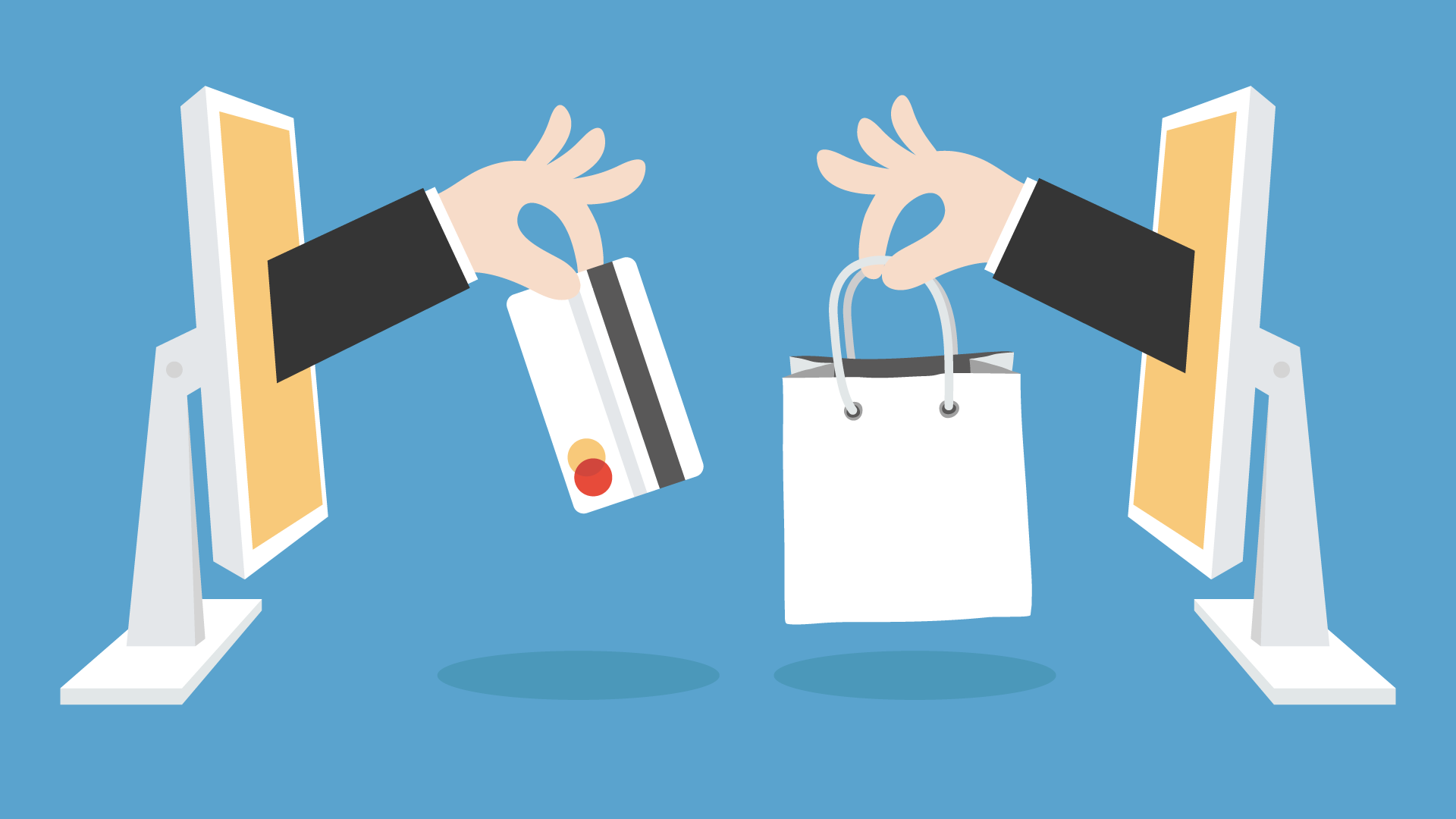How to navigate online shopping and e-commerce safely
The online shopping and e-commerce offer incredible convenience and access to a vast array of products and services.

In today's digital age, online shopping and e-commerce have revolutionized the way we buy goods and services. With just a few clicks, you can explore a vast marketplace, compare prices, and have your purchases delivered right to your doorstep.
However, the convenience of online shopping comes with its own set of risks, including fraud, data breaches, and counterfeit products.
To ensure a safe and enjoyable online shopping experience, it's crucial to be well-informed and take certain precautions. In this blog post, we will guide you through the essential steps to navigate the world of online shopping and e-commerce safely.
Choose Reputable online shopping and e-commerce Website
The first step in safe online shopping is selecting trustworthy websites and sellers. Stick to well-known e-commerce platforms like Amazon, eBay, Walmart, and official brand websites. These platforms have established security measures and policies to protect both buyers and sellers. Be cautious when dealing with lesser-known websites, especially if their prices seem too good to be true.
When shopping on marketplace-style platforms that host multiple sellers, look for sellers with high ratings and positive reviews. Read through customer feedback to get an idea of the seller's reputation and the quality of their products and services.
Verify online shopping and e-commerce Website Security
Before entering any personal or payment information on a website, ensure that it is secure. Look for the following signs of a secure website:
- HTTPS: Check for "https://" at the beginning of the website URL. The "s" indicates a secure connection, and data transferred between your browser and the website is encrypted.
- Padlock Icon: A padlock icon in the address bar or at the bottom of the web page indicates a secure connection.
- Privacy Policy: Ensure the website has a privacy policy that outlines how your data will be used. Reputable websites are transparent about their data handling practices.
- Contact Information: Verify that the website provides clear contact information, including a physical address and a customer service email or phone number.
Use Strong Passwords and Enable Two-Factor Authentication (2FA)
Creating strong and unique passwords for your online shopping accounts is essential. Avoid using easily guessable passwords like "123456" or "password." Instead, use a combination of upper and lower-case letters, numbers, and special characters. Consider using a reputable password manager to generate and store complex passwords securely.
Additionally, enable two-factor authentication (2FA) wherever possible. This adds an extra layer of security by requiring you to enter a one-time code sent to your mobile device or email when logging in. Even if someone obtains your password, they won't be able to access your account without this additional code.
Be Cautious with Personal Information
Online shopping requires you to provide personal and financial information. Here are some tips to safeguard your data:
- Limit Sharing: Only provide the necessary information required for your purchase. Avoid sharing unnecessary personal details.
- Use a Dedicated Email: Consider creating a separate email address for online shopping to minimize the risk of spam and phishing emails.
- Check Email Communications: Beware of phishing emails that impersonate e-commerce sites. Always verify the sender's email address and avoid clicking on suspicious links or downloading attachments.
Pay Securely on online shopping and e-commerce Methods
When making a payment online, prioritize secure payment methods. Credit cards and reputable payment gateways like PayPal offer additional layers of security. Avoid using debit cards for online purchases since they may not offer the same level of fraud protection.
Some websites also offer the option to use virtual credit cards or one-time use credit card numbers, which can further enhance security by preventing your actual card information from being exposed.
Monitor Your Accounts
Regularly review your bank and credit card statements for any unauthorized transactions. Most financial institutions provide online access to your accounts, making it easy to check for unusual activity. If you notice any discrepancies, report them immediately to your bank or credit card issuer.
Be Wary of Deals That Are Too Good to Be True
While online shopping offers competitive prices, be cautious of deals that seem too good to be true. Scammers may use these tactics to lure unsuspecting shoppers. Compare prices across multiple reputable websites to ensure that the deal is legitimate. If something appears unusually cheap, it's worth investigating further.
Check Return and Refund Policies
Before making a purchase, familiarize yourself with the seller's return and refund policies. Reputable sellers typically have clear and customer-friendly policies. Ensure you understand the conditions for returning or exchanging items, including any associated costs.
Keep Your Devices Secure
The security of your online shopping experience also depends on the devices you use. Keep your computer, smartphone, and tablet up-to-date with the latest operating system and security patches. Install and regularly update reputable antivirus and anti-malware software to protect against threats.
Educate Yourself About Scams
Stay informed about common online shopping scams and tactics used by cybercriminals. Some of these scams include phishing emails, counterfeit products, fake websites, and social engineering techniques. Awareness is your best defense against falling victim to these scams.
Trust Your Instincts
If something doesn't feel right while shopping online, trust your instincts. If a website or seller raises red flags or if a deal seems too risky, it's better to walk away and shop elsewhere. Your safety and security should always come first.
Report Suspicious Activity
If you encounter a suspicious website, seller, or transaction, report it to the relevant authorities or the e-commerce platform where you made the purchase. Reporting scams and fraudulent activities helps protect others from falling victim to the same schemes.
In conclusion, online shopping and e-commerce offer incredible convenience and access to a vast array of products and services. However, to ensure a safe and enjoyable experience, it's essential to be vigilant and take proactive measures to protect your personal and financial information.
By following the tips outlined in this guide, you can navigate the world of online shopping and e-commerce safely, enjoying the benefits without the associated risks. Happy and secure shopping!
What's Your Reaction?















